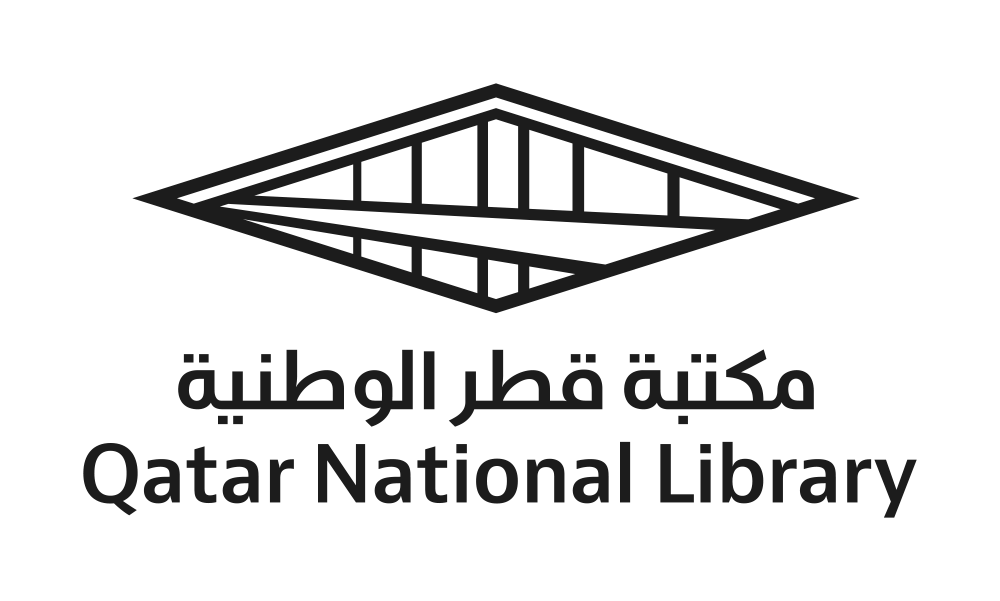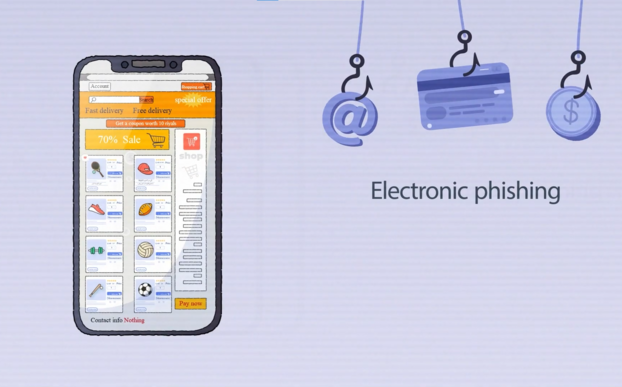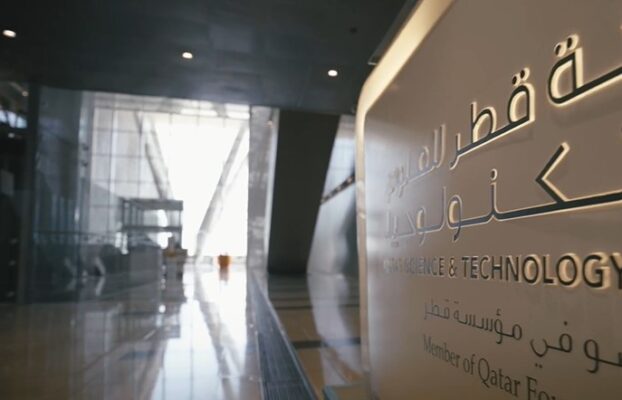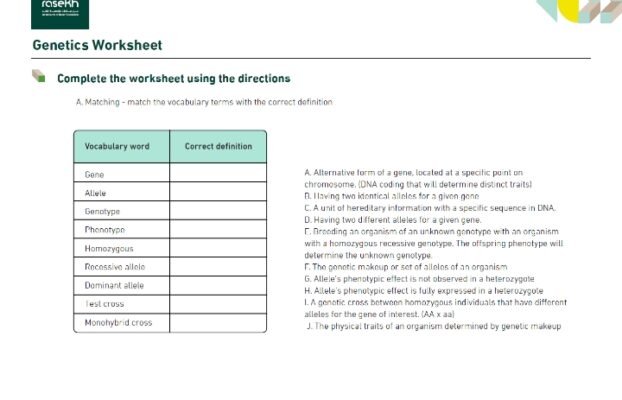The Astrolabe
Scientific Discoveries: The Astrolabe
-
Culture and Heritage
QNV 2030: Human Development
-
Resource Plan
-
SDG 9: Industry, Innovation and Infrastructure
-
14 - 15, 15 - 16 years
-
Maths
-
Resource ID: 18531
- Share Feedback Embed Resource

Overarching Goal(s)
- To nurture learners as global citizens who are connected to their own national identity.
- To equip learners with the knowledge, skills, motivation and understanding to demonstrate the importance of Glocalization as a sustainable model for learning.
Learning Outcomes
- Learners consider, contrast, and compare their local heritage and identity within the context of global issues with local impact, and local issues with global impact.
- Learners describe, explain and interpret the characteristics, structures and interactions of a theme, group, project or organization related to glocalization.
Possible Duration (Hours)
4 hours
Qatar National Vision 2030 Connection
Qatar National Vision 2030:
Human Development
The Human Development pillar stands as a cornerstone of sustainable progress, recognising that the nation’s most valuable resource is its people. The focus here is nurturing and educating children of all abilities to be future leaders and caretakers of Qatar.
English: https://www.gco.gov.qa/en/about-qatar/national-vision2030/
Arabic: https://www.gco.gov.qa/ar/about-qatar/national-vision2030/
Source: Government Communications Office (2023). Qatar National Vision 2030. [online] Government Communications Office. Available at: https://www.gco.gov.qa/en/about-qatar/national-vision2030/
Sustainable Development Goals (SDGs) Connection
SDG 11: Sustainable Cities and Communities: By exploring cultural heritage and the importance of preserving it, students will understand how communities can be more sustainable through the integration of historical knowledge into modern-day solutions.
The 17 Sustainable Development Goals (Source: United Nations)
English: https://sdgs.un.org/goals
Arabic: https://sdgs.un.org/ar/goals
Source: United Nations (2024). The 17 Sustainable Development Goals. [online] United Nations. Available at: https://sdgs.un.org/goals
Action Learning Outcomes
- Become more aware of their own strengths and areas for growth as they engage in research and inquiry-based learning.
- Undertake challenges that develop new skills such as using digital tools for historical exploration.
- Discuss, evaluate and plan student-initiated activities based on their findings from digital repositories.
Content
- Understand the historical and cultural significance of the astrolabe in Qatar.
- Explore the scientific principles and uses of the astrolabe.
- Develop projects that connect the astrolabe to Qatar’s cultural heritage and community engagement.
- Foster a sense of community and contribution through educational outreach.
Strategies
- Project-Based Learning: Students will develop projects that link the astrolabe to Qatari culture and community service.
- Collaborative Learning: Group activities to encourage teamwork and peer learning.
- Service Learning: Integrating community service with educational objectives.
- Use of Local Resources: Partnering with the Qatar National Library for resources and support.
Learning Experiences
Engagement: Exploring the Astrolabe – Creating a Digital Presentation – Outreach Initiative
Title: Exploring the Astrolabe: A Journey Through History and Community Engagement
Objective: Students will investigate the history and significance of the astrolabe, an ancient astronomical tool, by utilizing the Qatar Digital Library (QDL) and create a presentation in a digital form of their choice (e.g., PowerPoint, Canva, or Google Slides). Students may work individually or in pairs, depending on their preference, to encourage collaboration or independent exploration.
Steps to Guide Students:
Step 1: Access the Qatar Digital Library (QDL) https://www.qnl.qa/en/explore/heritage-library
Introduction to QDL:
- Explain that QDL is a digital archive containing rich resources about the Gulf and Middle East’s history and cultural heritage.
- Highlight its significance for historical research, particularly for understanding Islamic scientific contributions like the astrolabe.
Navigating QDL:
- Guide students on accessing the library: Qatar Digital Library.https://www.qnl.qa/en/explore/heritage-library
- Demonstrate how to use the search function effectively with keywords like “astrolabe,” “Islamic astronomy,” or “astronomical instruments.”
Step 2: Search for Astrolabe-Related Materials
Encourage Exploration:
Advise students to explore a variety of materials (e.g., manuscripts, scholarly articles, and images) to build a holistic understanding of the astrolabe’s history.
Provide examples of topics to focus on:
- The astrolabe’s invention and evolution.
- Its significance during the Islamic Golden Age.
- Cultural and scientific applications, such as navigation and timekeeping.
Tips for Efficient Research:
Identify and bookmark resources relevant to their topic.
Take screenshots of any images, manuscripts, or diagrams to include in the presentation (crediting sources).
Step 3: Study Selected Resources
Deep Dive into Content:
Students should analyze their selected materials to uncover:
- The historical context of the astrolabe.
- Key figures in its development (e.g., al-Zarqālī, Ibn al-Shāṭir).
- The technological advancements it brought to astronomy and navigation.
Provide Support:
Teachers or facilitators can assist students in understanding complex texts or clarifying any unfamiliar terms.
Step 4: Document Key Insights
Note-Taking Guidelines:
Instruct students to summarize key points, such as:
- The astrolabe’s impact on scientific progress.
- Interesting artifacts or unique findings (e.g., ornate designs of Islamic astrolabes).
Encourage students to categorize information into:
- Historical Development
- Cultural Significance
- Scientific Application
Visual Representation:
- Suggest using bullet points, images, or infographics to make their insights visually engaging.
Step 5: Create a Digital Presentation
Structure of the Slide(s):
Title Slide: Include a presentation title, for example: ‘Exploring the Astrolabe: A Journey Through History’, student name(s), and date.
Content Slides: Use the following structure:
- Slide 1: Introduction to the Astrolabe
- Slide 2: Historical Development and Key Figures
- Slide 3: Applications and Impact on Science and Navigation
- Slide 4: Unique Artifacts or Findings
Encourage Creativity:
Use digital tools like Canva, PowerPoint, or Google Slides.
Include visuals from the QDL, such as manuscripts or diagrams (properly credited).
Reflection Slide (Optional):
Add a final slide summarizing why the astrolabe remains significant in today’s understanding of history and science.
Presentation Submission & Sharing:
Students can present their slides to the class to practice public speaking and share their findings.
Alternatively, they can submit their work digitally for peer review, or teacher feedback.
This engagement fosters critical thinking, digital research skills, and creativity while encouraging students to connect historical exploration with modern presentation techniques
Devise this structure for your ‘Community Outreach Plan’
- Project Title:
- Project Goals:
- Target Audience:
- Description of the Project:
- Resources Needed:
- Timeline:
- Expected Outcomes:
- Evaluation Plan:
Checking for Understanding
Checking for understanding:
Formative Assessment:
- Observe group discussions and participation.
- Review completed worksheets for accuracy and understanding.
Summative Assessment:
- Evaluation of the final community outreach plans.
- Reflective essay on the importance of cultural heritage and community service.
Extension Activity:
- Implement the outreach projects in collaboration with local organizations.
- Create a multimedia presentation or report documenting the project process and impact on the community.
Key Vocabulary
Al-Zarqālī, Artifacts, Astrolabe, Astronomy, Celestial Bodies, Cultural Significance, Ibn al-Shāṭir, Islamic Golden Age, Manuscripts, Navigation, Scientific Applications, Replica
Resources
Qatar National Library, Heritage Library, worksheets, multimedia resources (videos, interactive simulations)
Astrolabe Resource Package 15-16: https://rasekh.qa/wp-content/uploads/2025/04/Astrolabe-Resource-Package-15-16-.pdf
Resource Publisher
Qatar National Library
Qatar National Library acts as a steward of Qatar’s national heritage by collecting, preserving and making available the country’s recorded history. In its role as a research library with a preeminent heritage library, the Library fosters and promotes greater global insight into the history and culture of the Gulf region. As a public library, we provide equal access for all of Qatar's residents to an environment that supports creativity, independent decision-making, and cultural development. Through all our functions, we provide leadership to the country’s library and cultural heritage sector.










